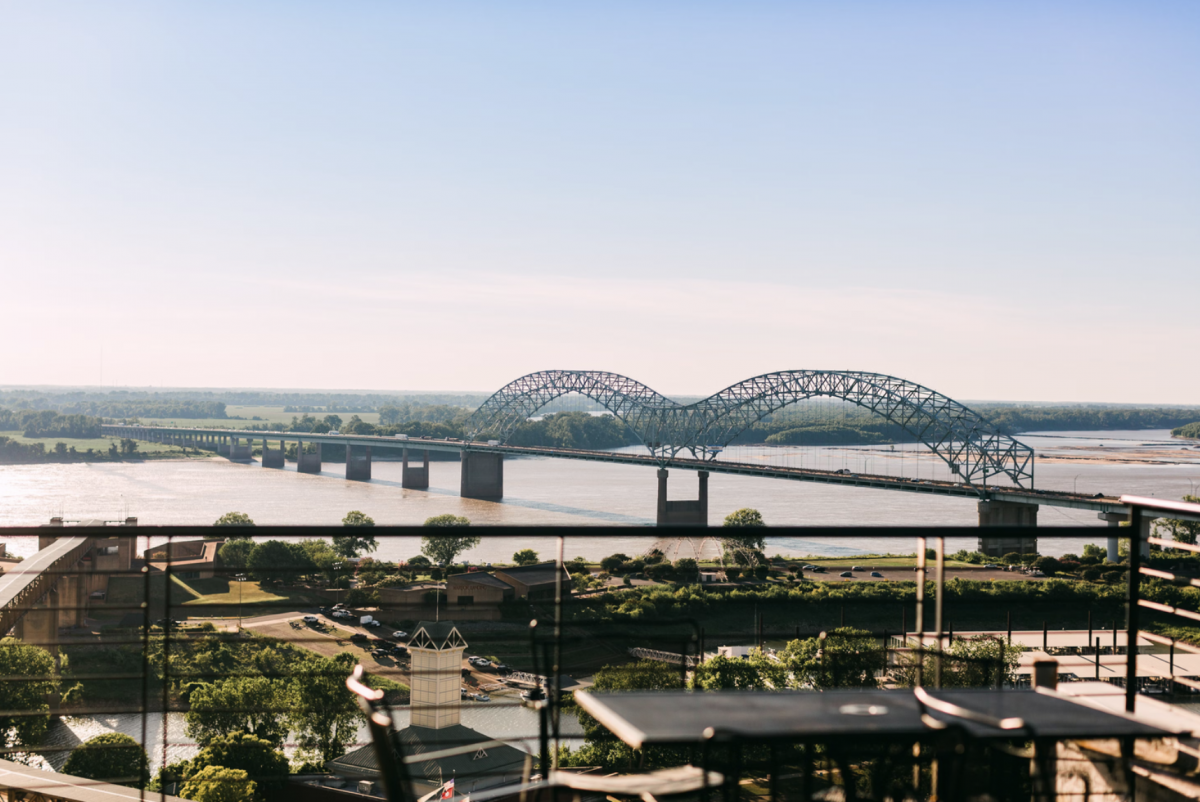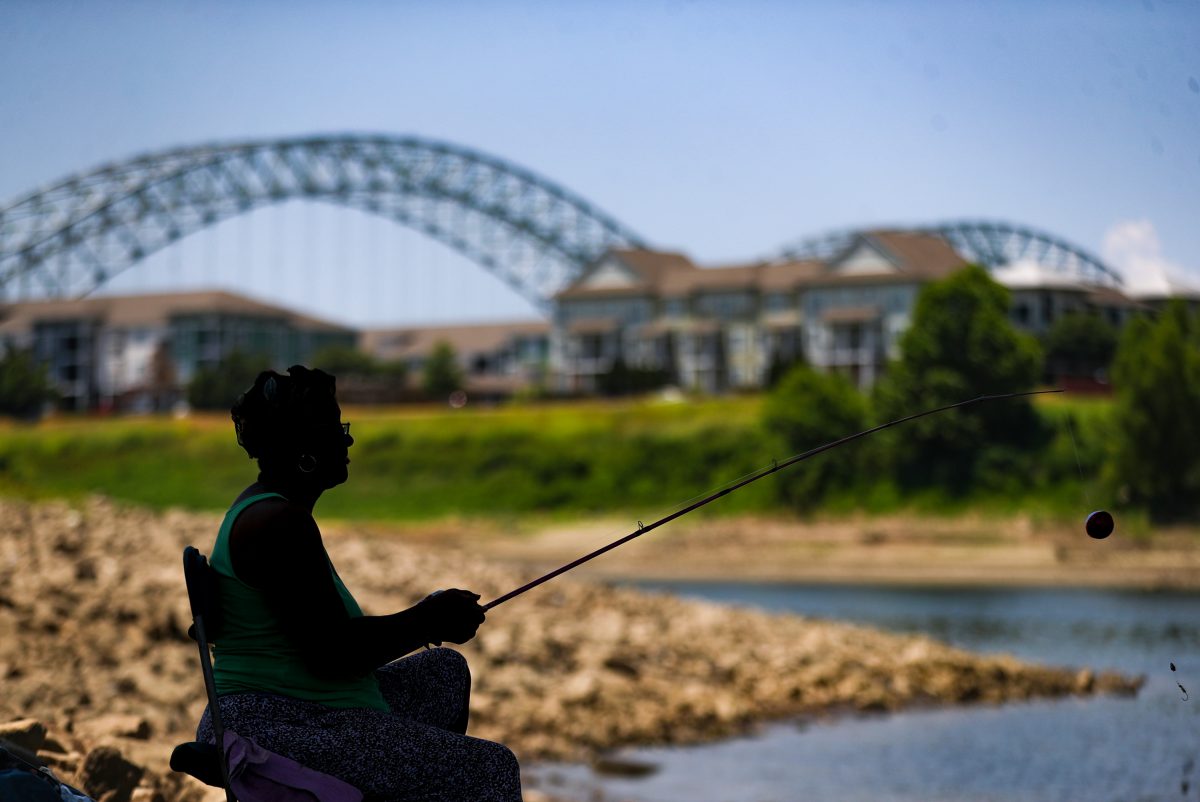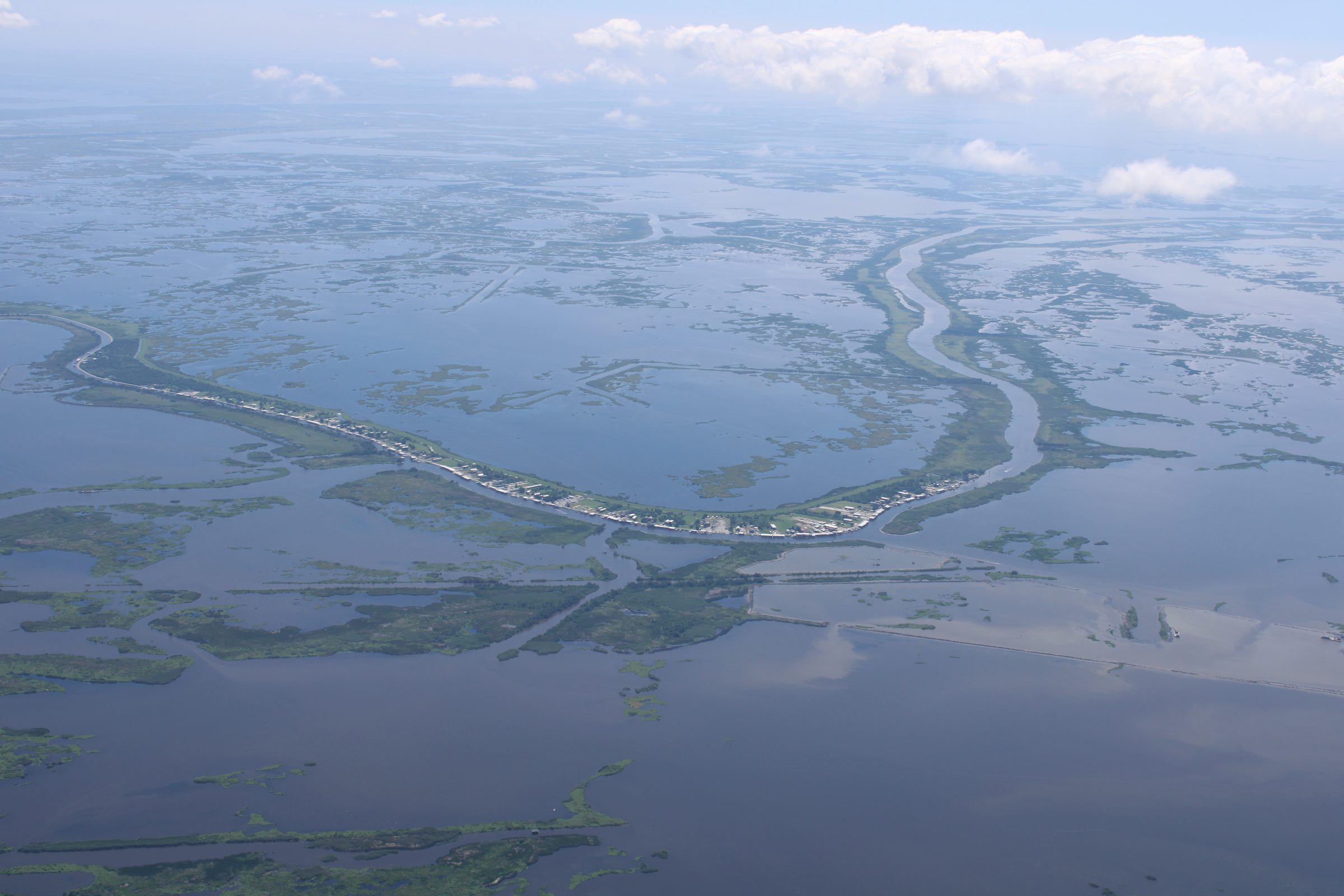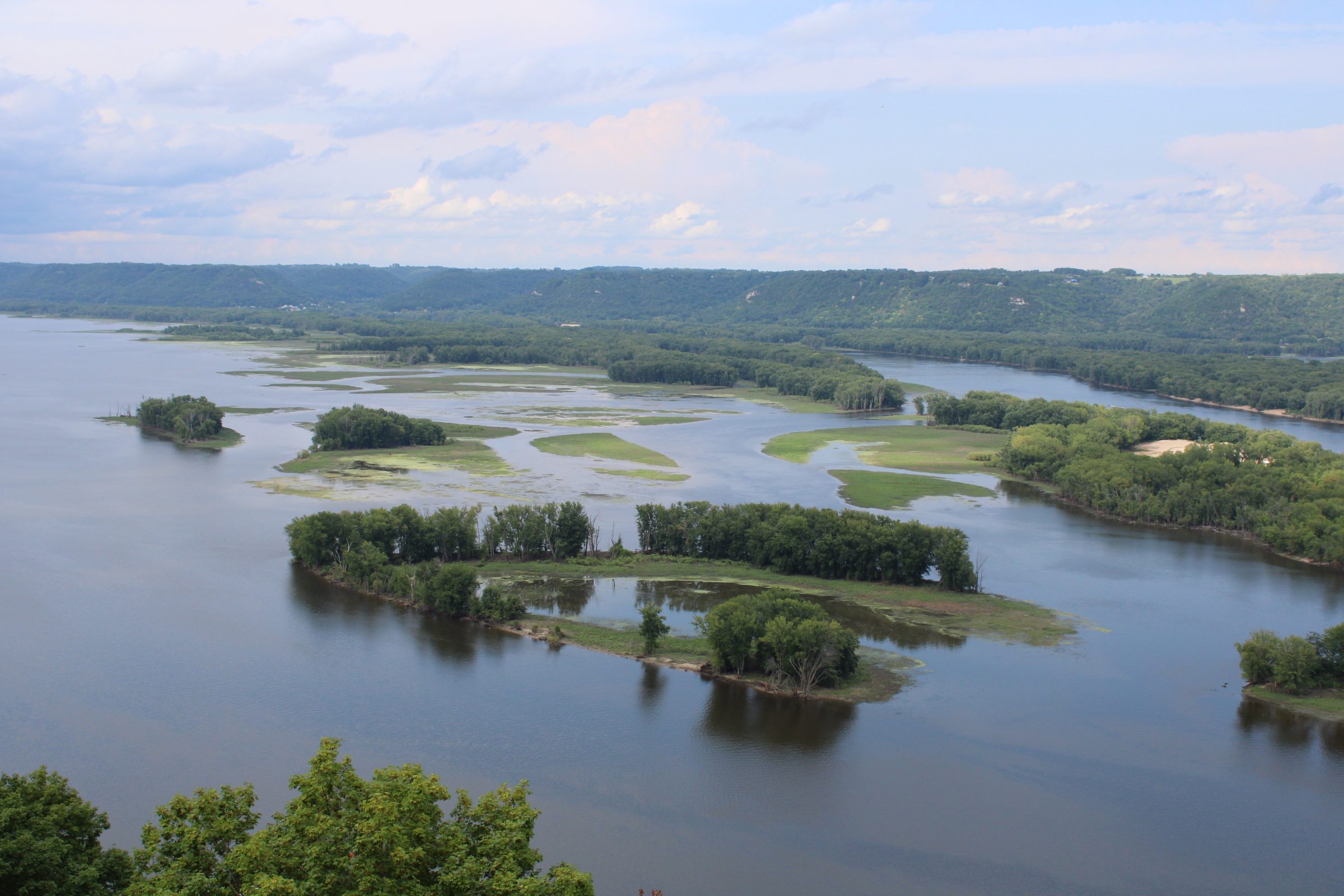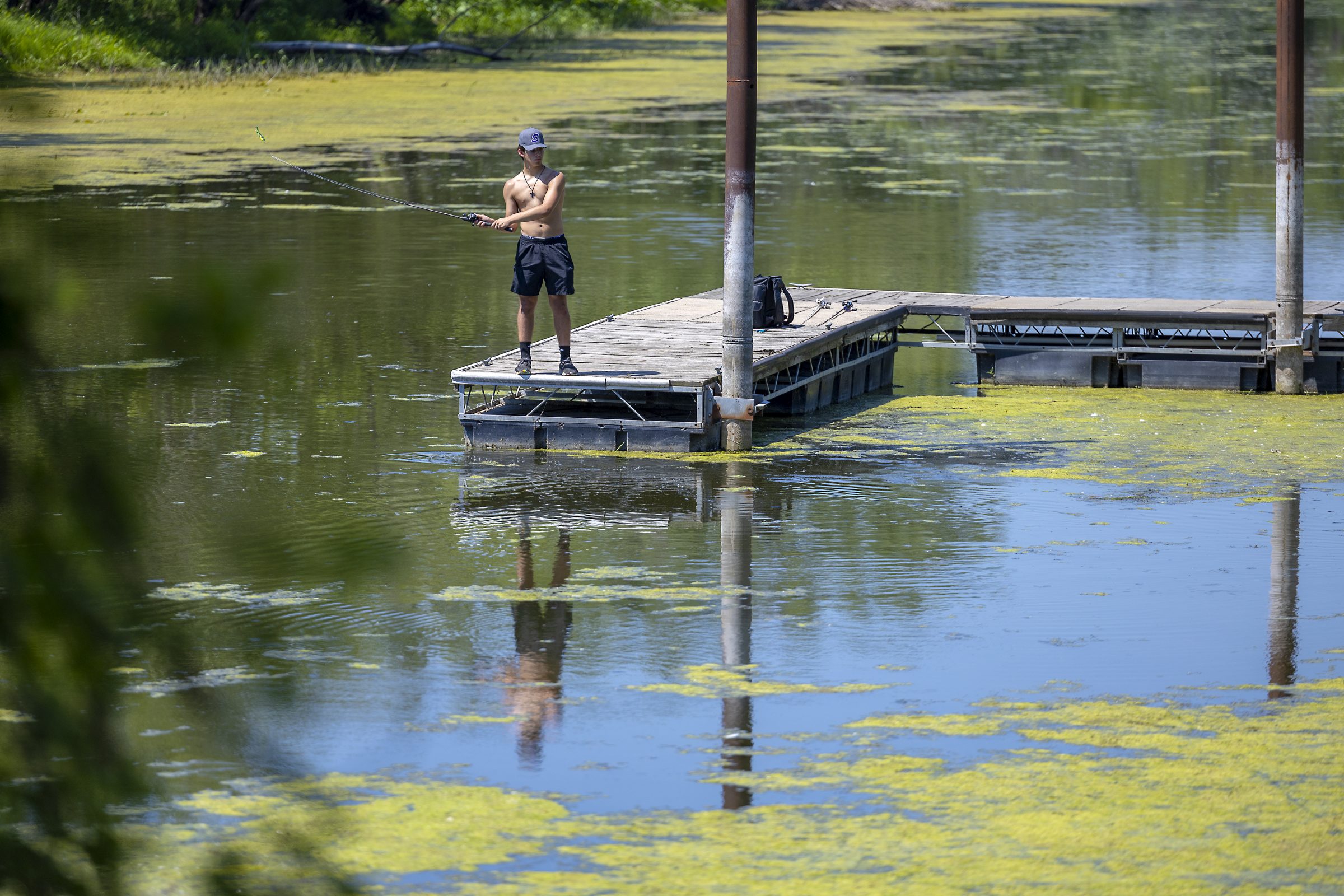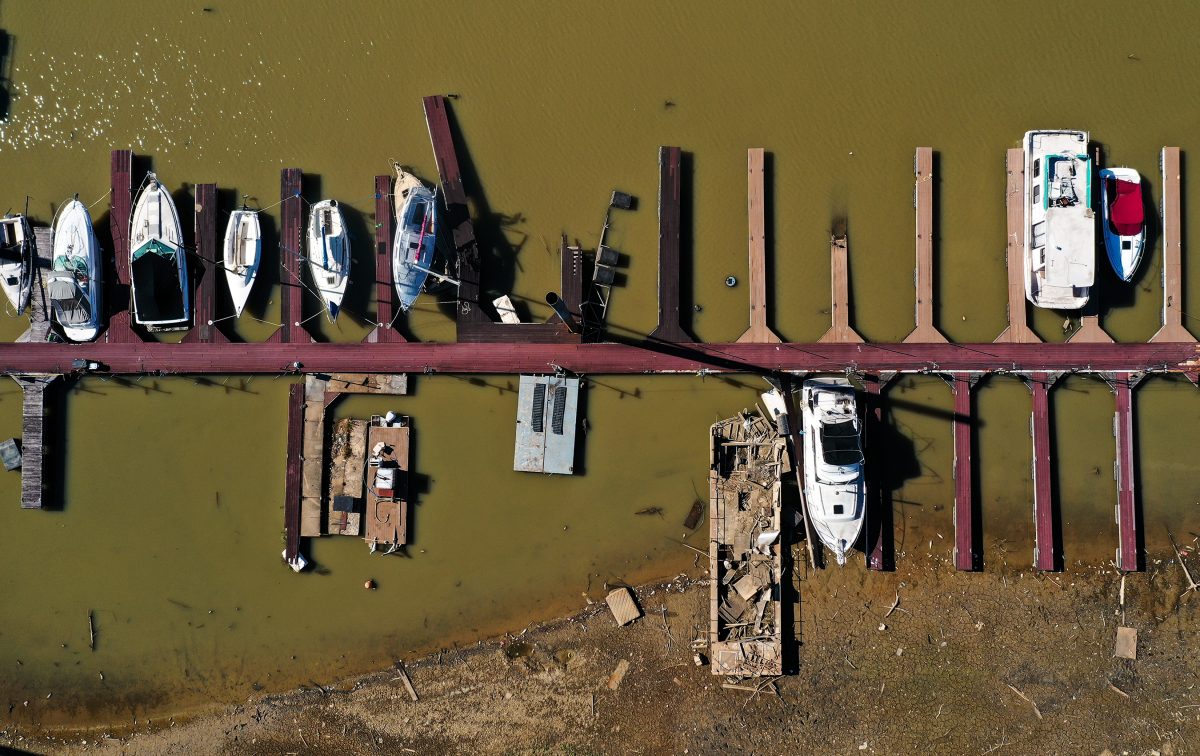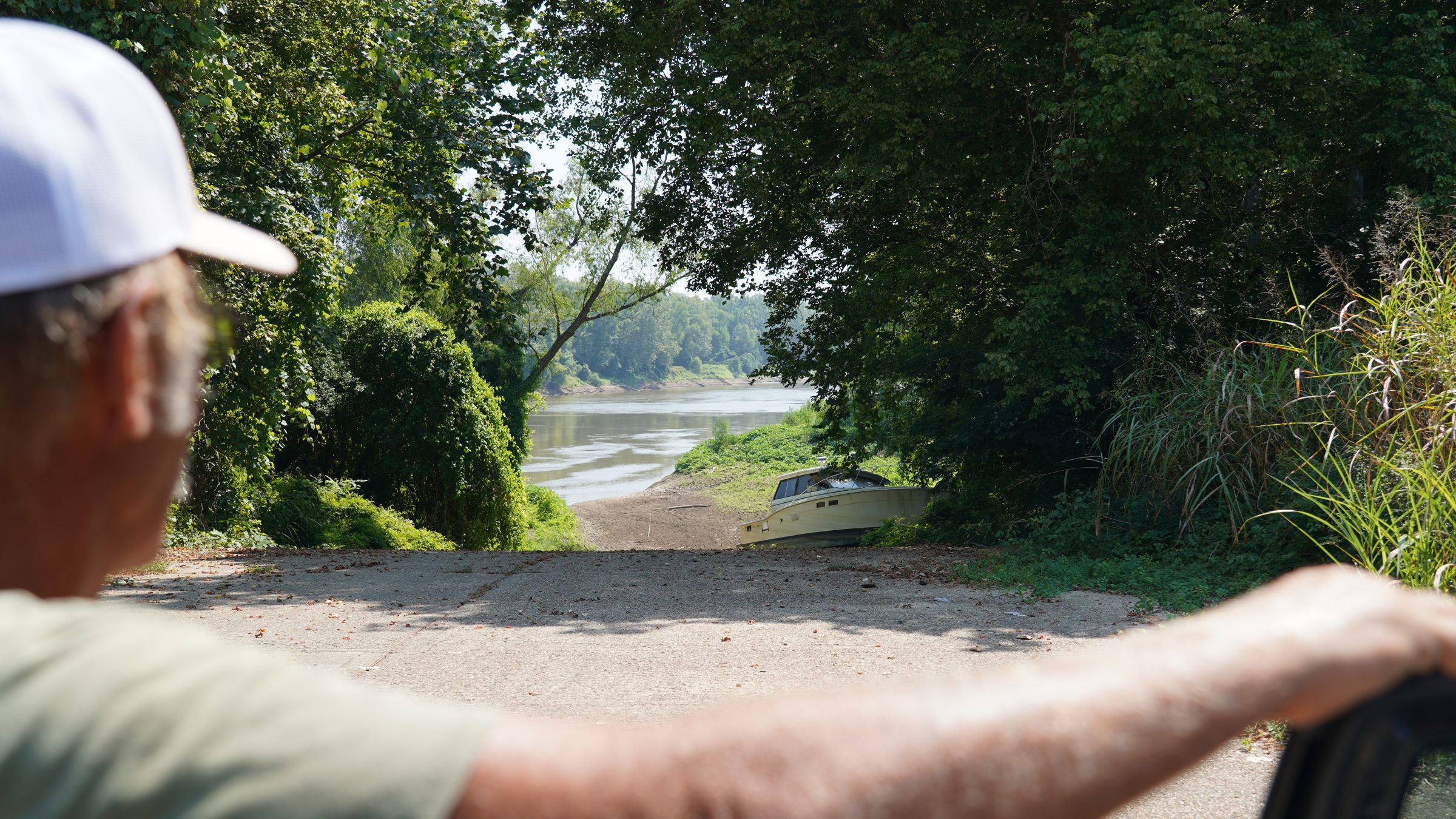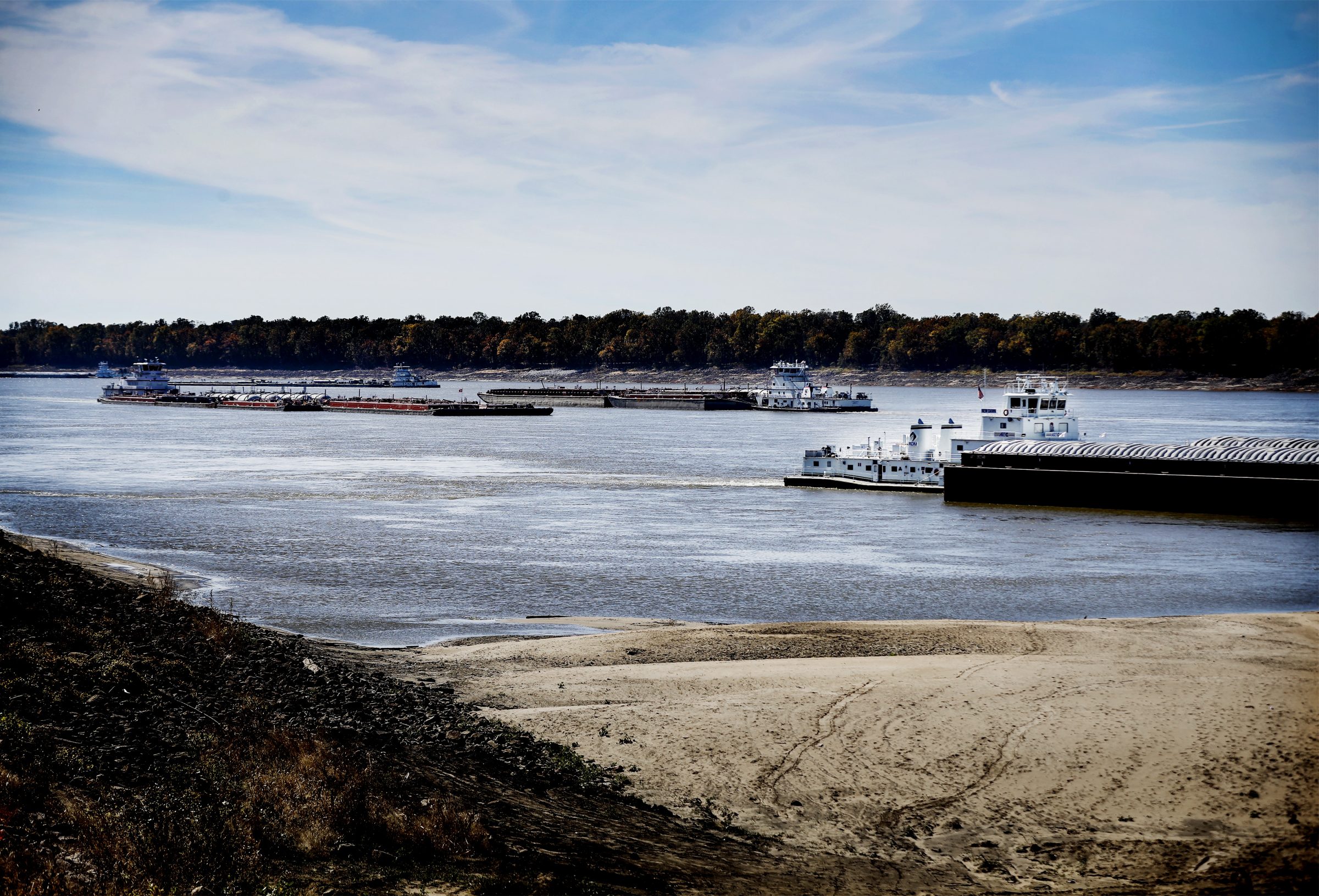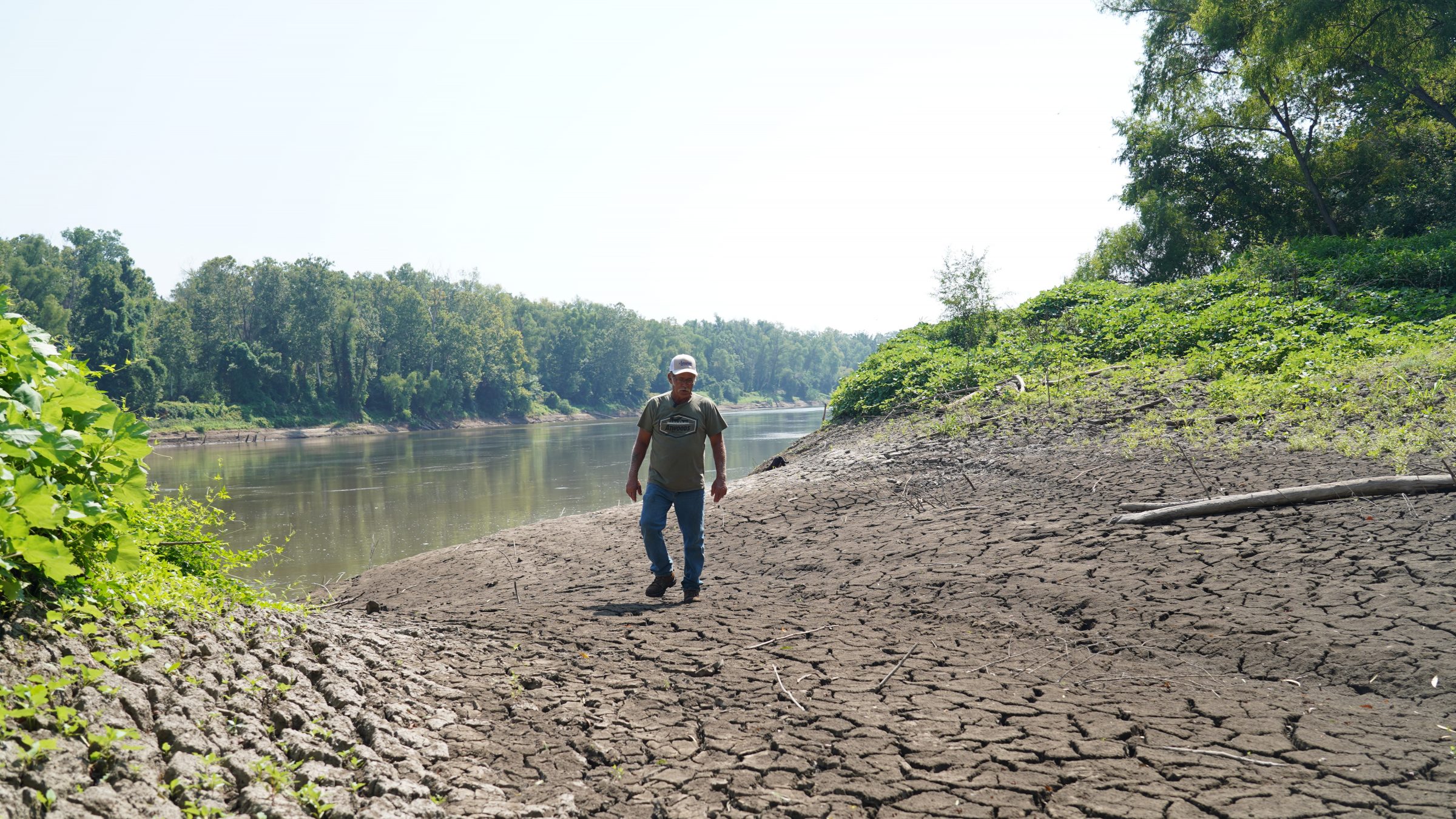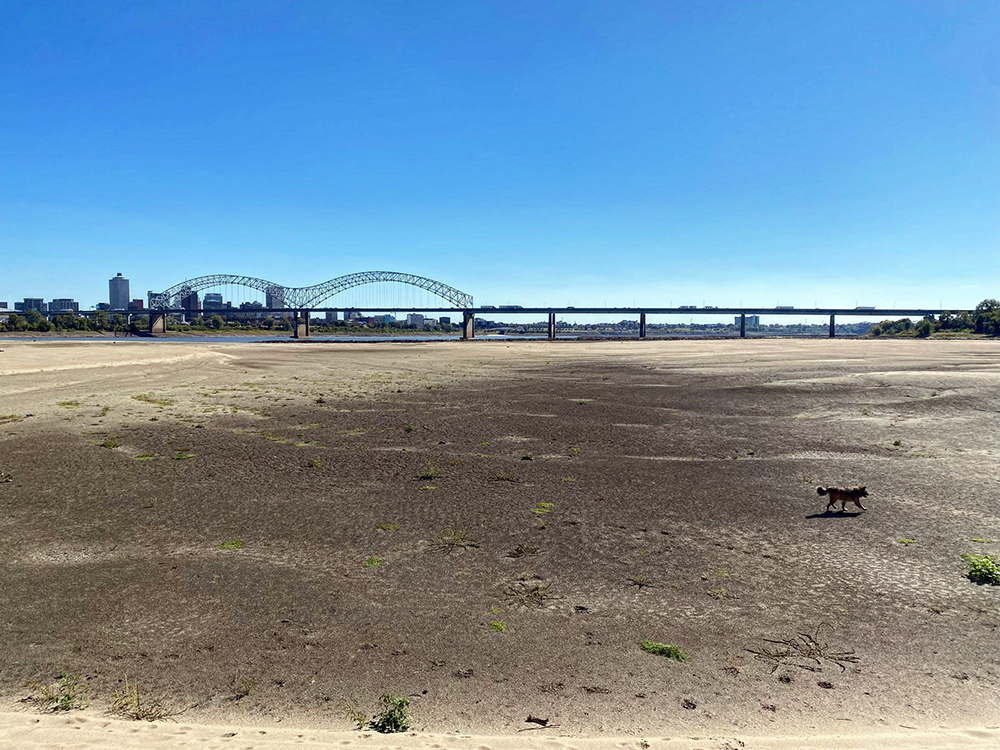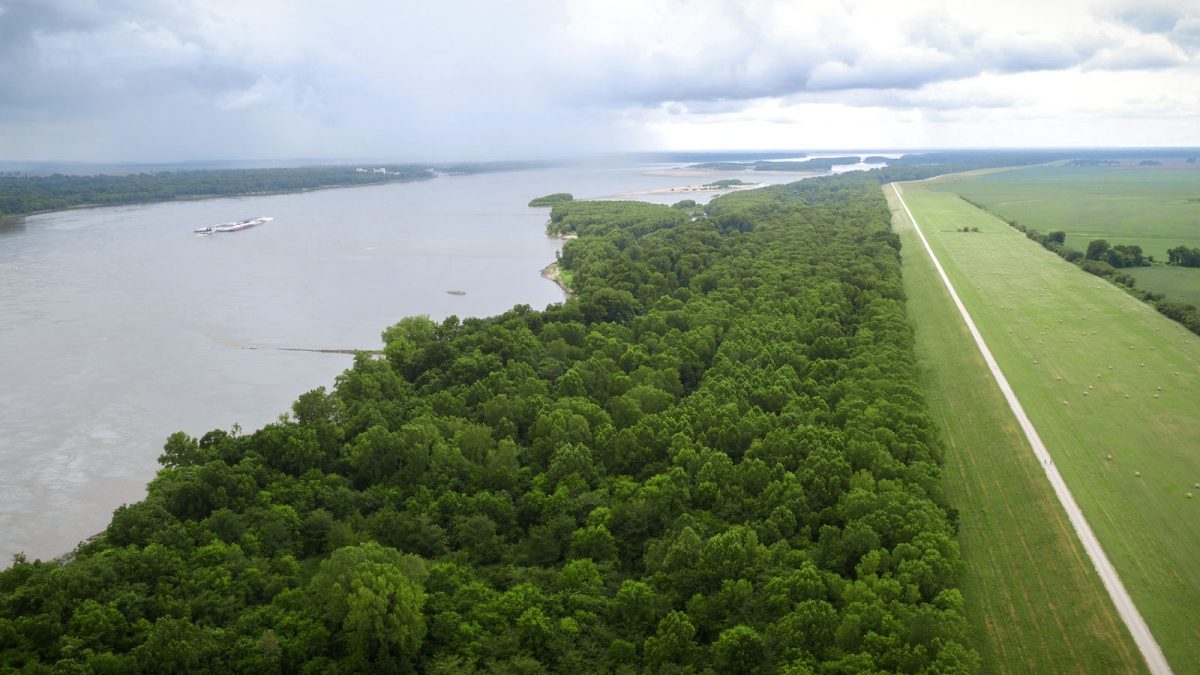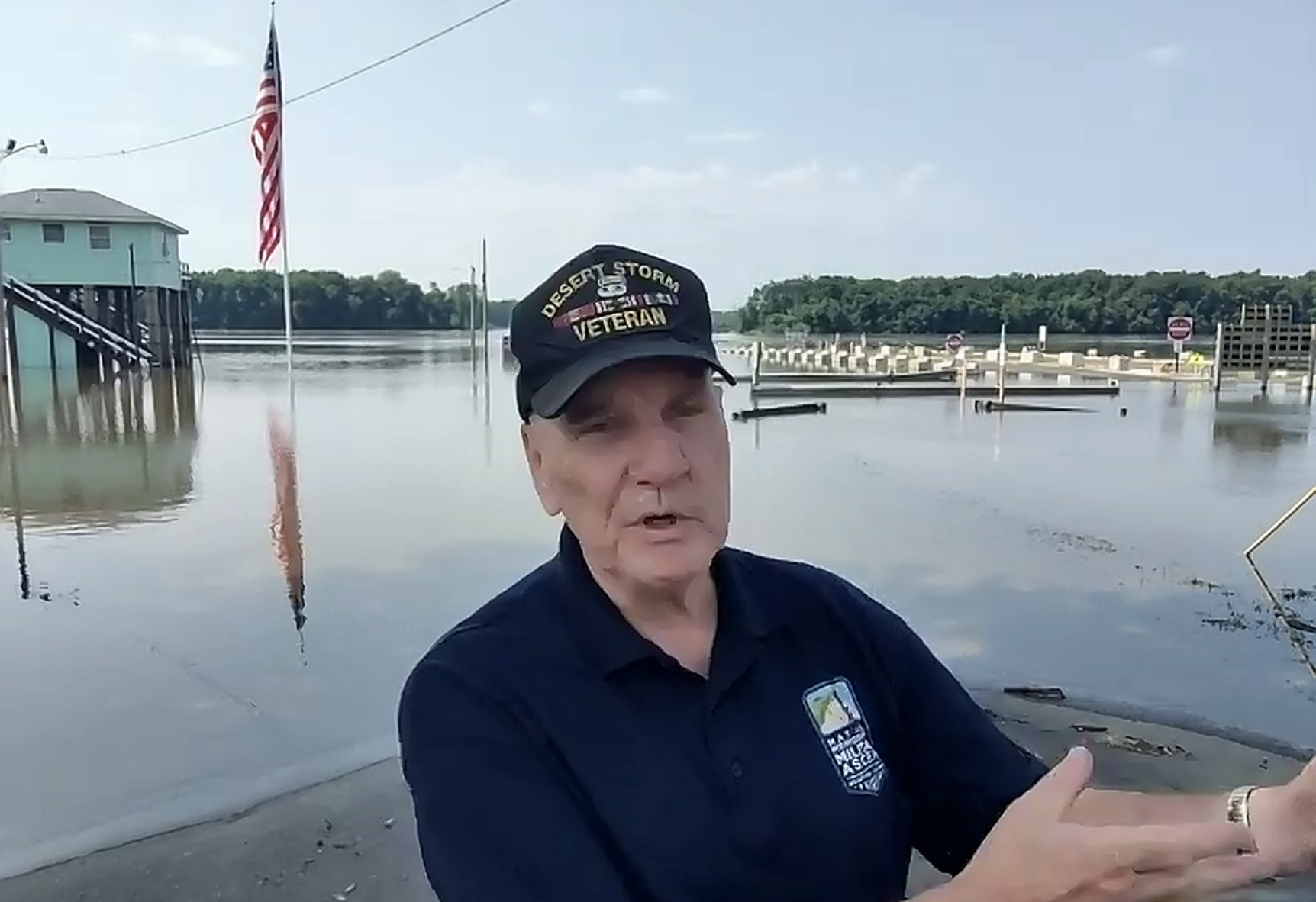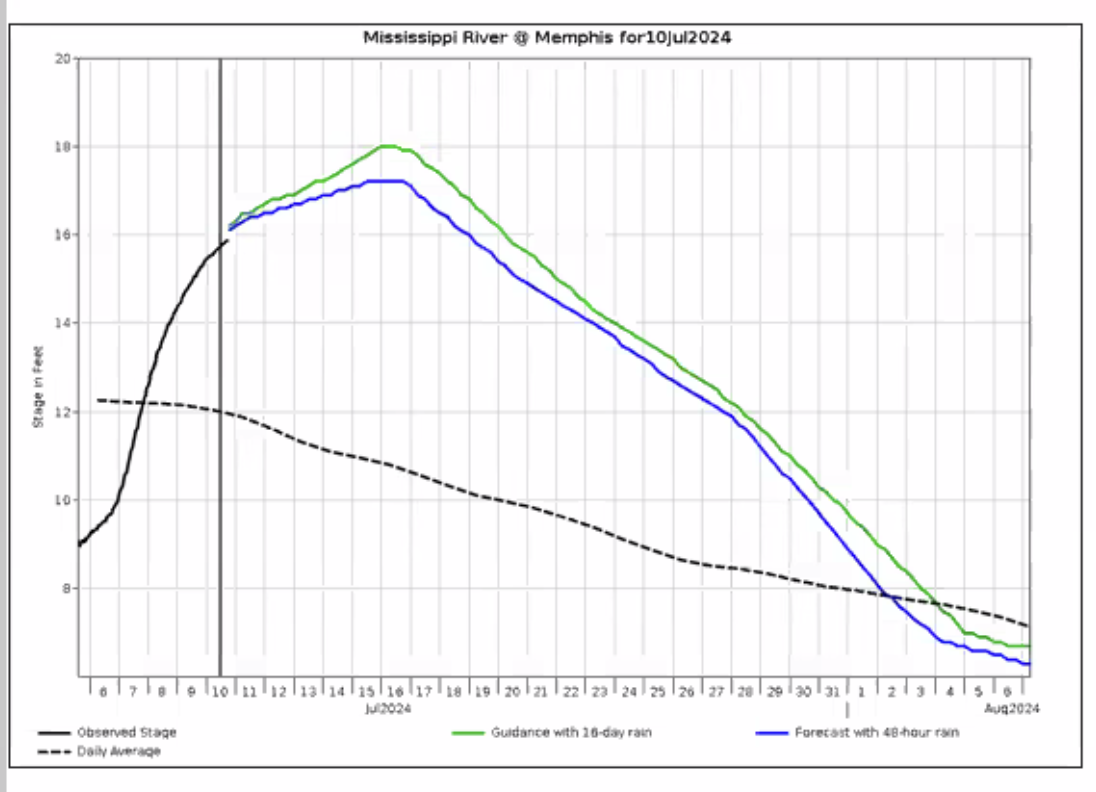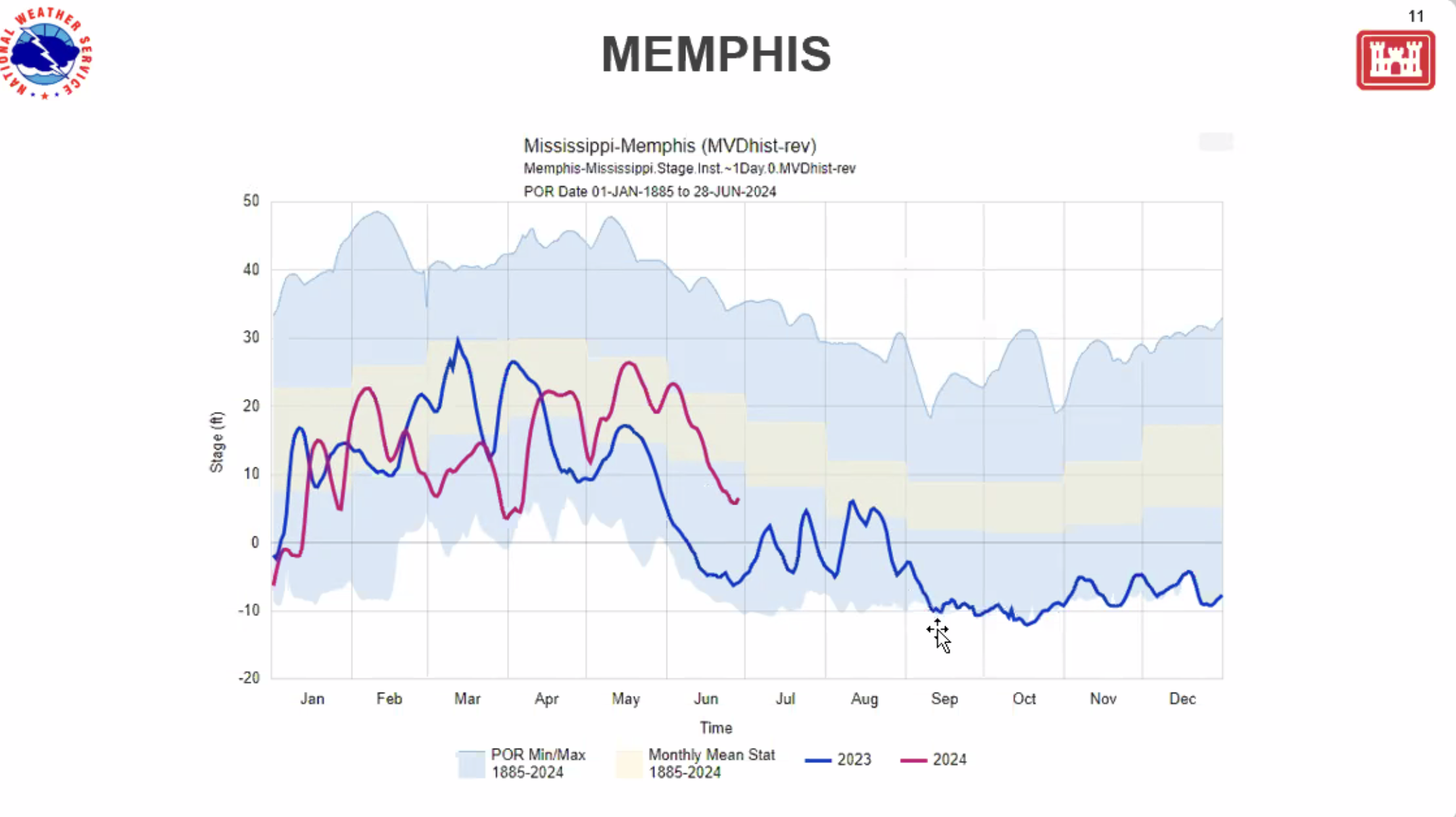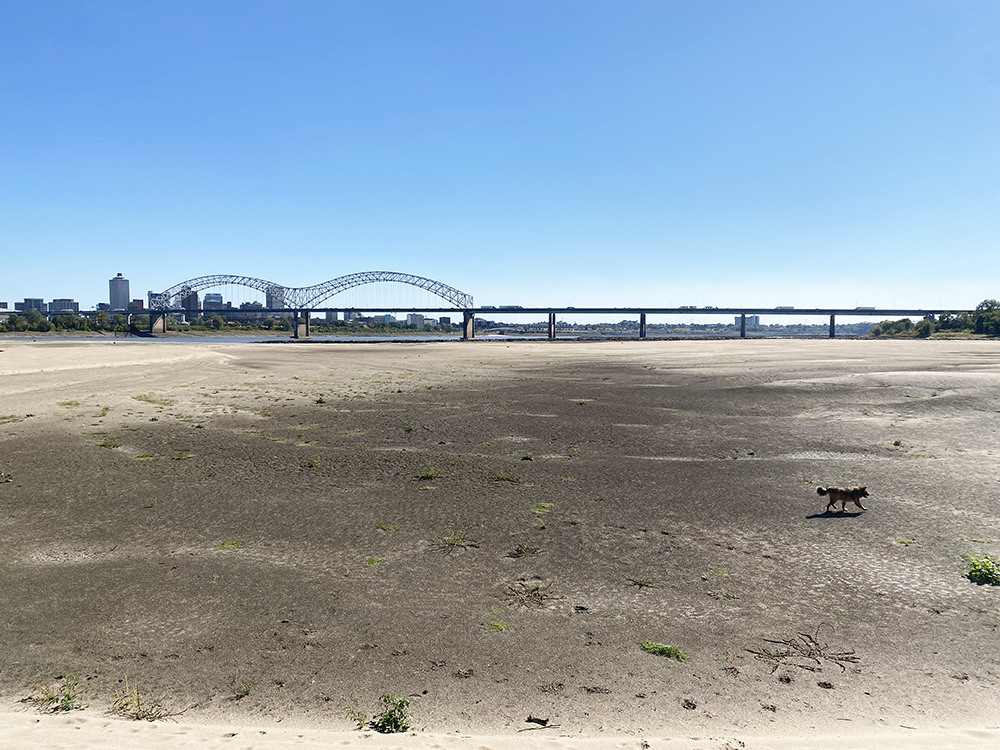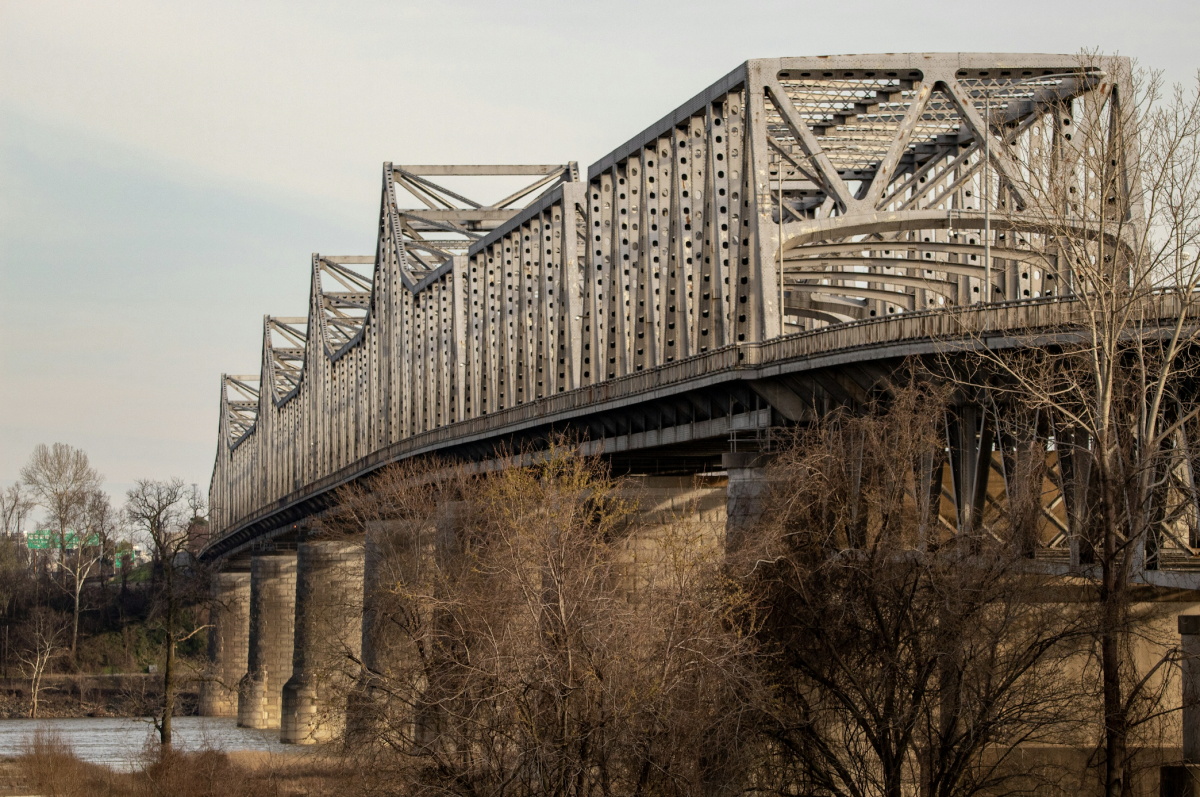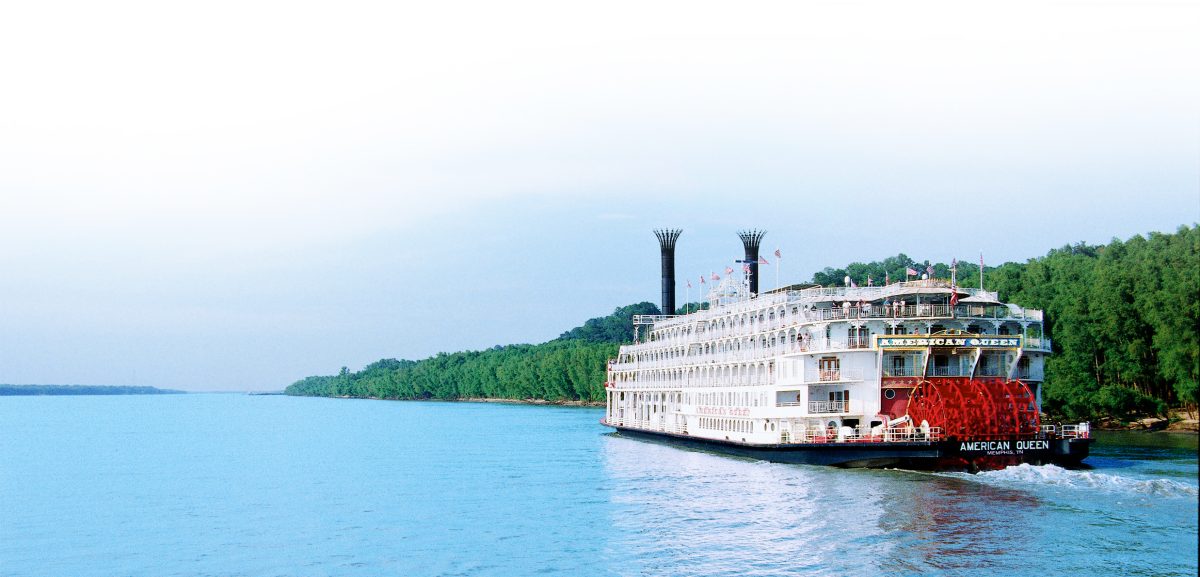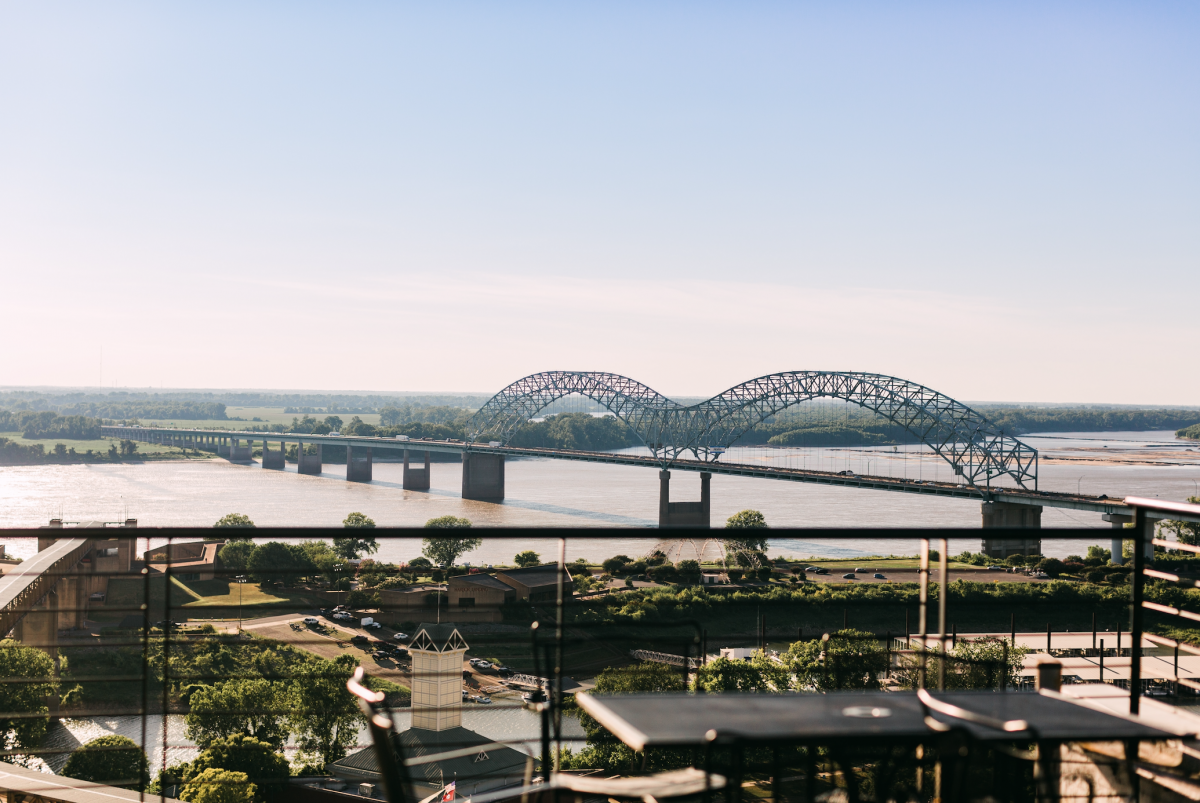The Mississippi River is the most endangered river in the country, according to a new report from American Rivers, a national conservation organization.
The biggest threats to the river are the Trump administration’s promises to severely cut or abolish the Federal Emergency Management Agency (FEMA) and the National Flood Insurance Program. American Rivers said these threats “[risk] river health and human safety along the entirety of its 2,320-mile stretch and could compound long-standing threats to the river.”
“The Mississippi River is vital to our nation’s health, wealth, and security. We drink from it, we grow our food with it, we travel on it, we live alongside it, and simply, we admire its beauty,” said Mike Sertle, central region director for American Rivers. “We cannot turn our back on Mississippi River communities or the health of the river millions depend on at this critical time when they need unified direction instead of uncertainty at the national level.”
In March, President Donald Trump issued an executive order that would push much of what FEMA does to states.
“Federal policy must rightly recognize that preparedness is most effectively owned and managed at the state, local, and even individual levels, supported by a competent, accessible, and efficient federal government,” reads the order. “When states are empowered to make smart infrastructure choices, taxpayers benefit.”
The order also called for the federal government to “streamline its preparedness operations.” This led to hundreds of layoffs at FEMA with many more promised, leaving states worried about the future.
FEMA’s mission goes beyond emergency response and rebuilding after disaster, according to American Rivers. It develops minimum standards for construction in floodplains, provides flood insurance to homeowners, and mitigates future risks. FEMA also helps in relocating flood-prone homes to higher ground.
“Without strong federal leadership in flood risk management, communities along the Mississippi River — and across the country — will face even greater threats from worsening floods,” said Chad Berginnis, executive director of the Association of State Floodplain Managers (ASFPM). “At the same time, we recognize that states and local governments must take on a greater role in managing flood risks. Strengthening their capacity — whether through incentives or penalties — will lead to better outcomes.
“But no amount of state or local action can replace the need for coordinated federal support, especially when major disasters strike. Now is the time to reinforce our national commitment to flood risk reduction, not walk away from it.”
The Mississippi River spans 10 states and 123 counties from the headwaters in Minnesota to its mouth in Louisiana. The river carries more water than any other of the nation’s rivers and is the primary source of drinking water for more than 50 municipalities. The river is also a source for manufacturing, tourism, agriculture, navigation, and energy.
The river and its 30-million-acre floodplain also provide vital habitat for more than 870 species of fish and wildlife, including dozens of rare, threatened, and endangered species.
Long-standing threats to the river include chemical runoff that has led to regular toxic algae outbreaks in significant stretches of the river as well as hypoxic dead zones, sea level rise that is accelerating wetland loss and saltwater intrusion, exacerbating droughts, and infrastructure like levees and navigation structures that negatively impact the natural flow of the river.
The Mississippi River City and Towns Initiative, a group of mayors from up and down the river, said it does not believe the river has earned the designation of the most endangered waterway. Instead, the group said it believes “there is always a need to protect our nation’s and the world’s most important waterway.”
“A total elimination of the agency would cripple the nation’s emergency response and risk management apparatus,” said Belinda Constant, mayor of Gretna, Louisiana. “Additionally, disaster response along the Mississippi River is inherently a multi-state question and thus, FEMA needs to continue to play a vital role in coordinating the efforts of many states to systemically mitigate risks, recover, and restore infrastructure.”
